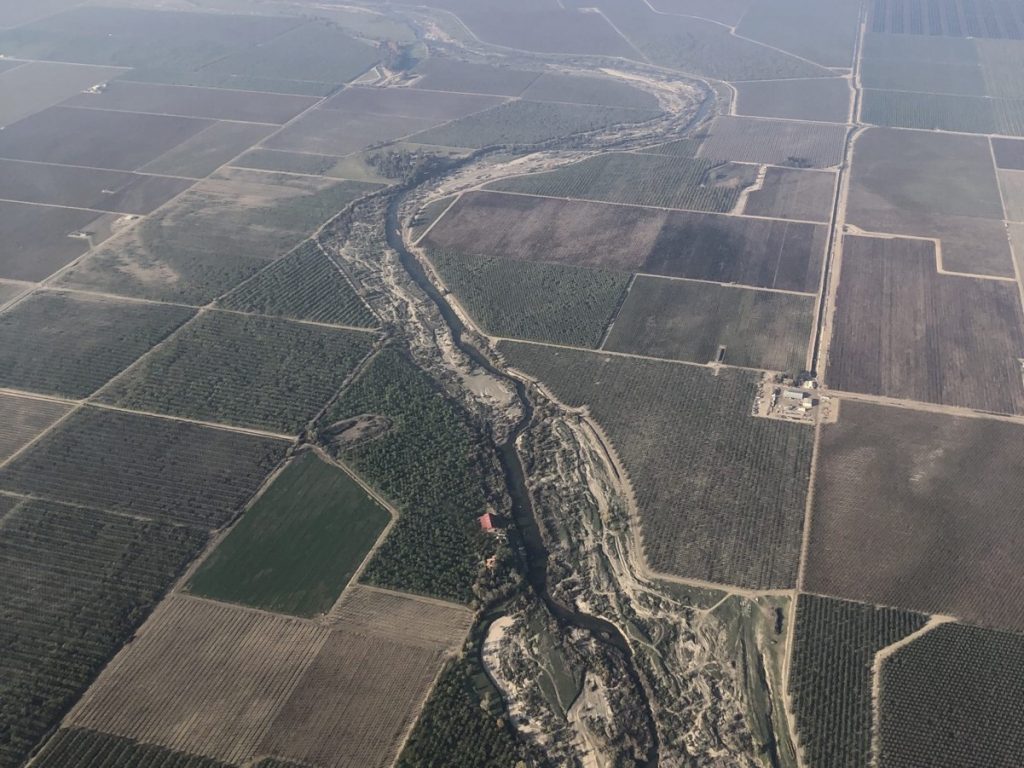
In Episode 2, Todd Bridges shares his perspective on the transformation of the wider San Joaquin Valley where he grew up. In December 2021, he took a helicopter tour of the Valley with an eye toward the landscape transformations that are evident. In 1772, Pedro Fages and his company—the first Europeans to visit the San Joaquin Valley—described the valley as filled with a diversity of wildlife and immense lakes and wetlands. The arrival of the Spanish, other Europeans, and eventually the Americans transformed California’s landscape. Dams, reservoirs, levees, canals, pumps, tunnels, and pipelines associated with the major rivers were the tools used to transform the San Joaquin Valley, draining the wetlands and lakes, resulting in a system that is unsustainable. As Todd describes it, “It’s clear to me that today’s and tomorrow’s climate cannot be reconciled with current practices in the valley and its landscape. It’s also clear to me that nature provides a source of hope for the valley’s future. A new balance could be achieved by resurrecting natural features and processes that were ‘engineered out’ of the Valley in the 20th century. Applying the principles and practices of Engineering With Nature could provide the means to realign the social-ecological system for enduring sustainability, water, and social resilience, and to produce the diversity of benefits and values that nature can provide.”





